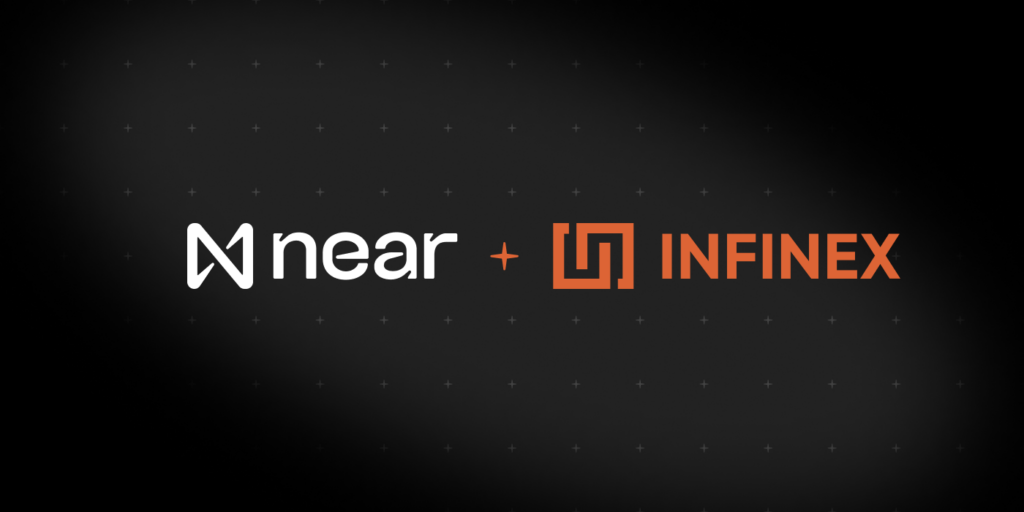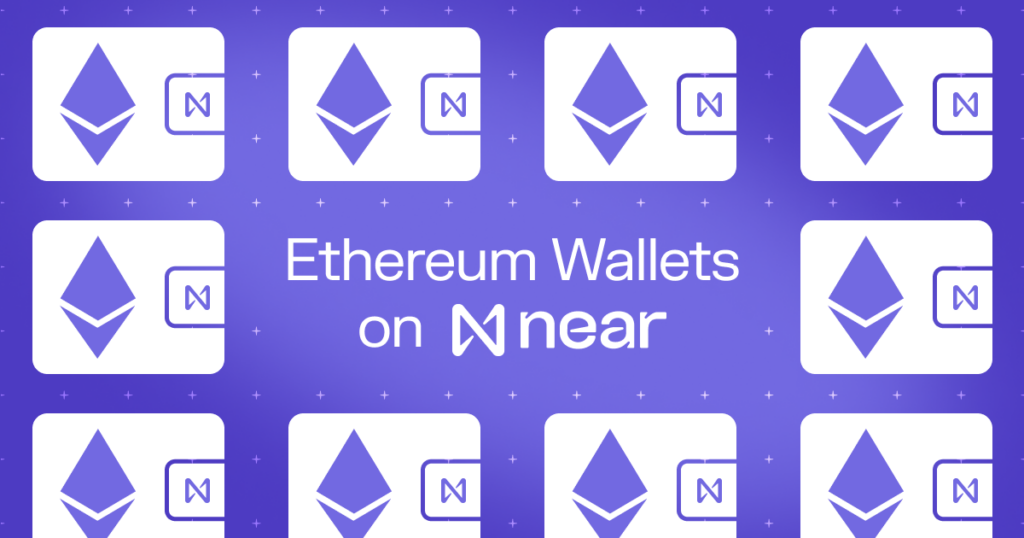Software Eating Financial Contracts
Summary: Programmable Money is a multi-trillion dollar opportunity for blockchain enabled businesses. The first original use case of programmable money was the creation of ICOs, that led to a frenzy of 2017. This post will cover three additional use cases that will be also re-imagined by blockchain and smart contracts:
- Derivative Trading: ~$13 trillion markets today, which is dominated by large centralized exchanges. This market will transform in a two-step process: a) market will move into centralized derivative exchanges that trade baskets of crypto, futures contracts and options b) decentralized derivatives exchanges will take the place of a fraction of centralized derivative crypto exchanges. Smart contracts will match traders, hold user funds and settle contracts, but in addition, provide liquidity for such an exchange.
- Lending: ~$13 trillion markets today, which is controlled by large banks. Specifically, collateralized lending will move into the crypto space first. This might include things like payday loans and purchasing valuable things in the physical world. Smart contracts will validate transactions, verify the legitimacy of counterparties, and perform routine account administration tasks.
- Mortgage: ~$10 trillion market today, will become blockchain-enabled on a longer time horizon due to the complexity of the current state of the industry. Consumers in the future will be able to sign up for one platform that will have all participants of the mortgage process on it: lawyers, realtors, appraisers, bankers, mortgage brokers, home buyer, and home seller. The smart contract will hold the funds until the required documents are collected and signed and the loans are approved. Later on, the smart contract will wire the funds to the home seller after the real estate agent helped the buyer locate and choose the property. After a property is purchased and the title transferred to the new house owner, the smart contract will provide custody and money withdrawals
I am a big fan of Programmable Money blog post written by Electric Capital, and especially this part: “analysis often conflates Smart Contracts with Distributed Computation, but Smart Contracts should be seen as software “eating” financial contracts that wrap money”.
The first real-world example of a gigantic market being transformed by smart contracts is a fundraising market.
The incumbents in this industry are venture capitalists, angels, and incubators. Last year, VCs poured ~$33bn into startups in the U.S. The challenge with the current model is that companies seek funding need to find their way into venture capitalist’s office, pitch them, negotiate with them, and if successful, sign up for a decade-long relationship that might not work out. Most importantly, the existing financial contracts often give away too much power to the holder of the financial capital, not the creator.
Companies, such as Kickstarter and AngelList opened up the fundraising process for both investors and entrepreneurs, but an even bigger explosion of fundraising happened after, as ICOs raised ~$6bn in 2017 alone.
Underlying ICOs is the smart contract that automatically mints the coin, transfers coins to specific addresses, and maintains coin balances.
Implementing smart contracts allowed creators to easily set up companies, raise funding, and move on into the building and adoption phase of their business.
Now, which financial contracts will software eat next?
Derivatives
Derivatives are used in financial markets to transfer risk. The gross market value of all derivative contracts runs in trillions of dollars (~$13 trillion).
The derivative markets are controlled today by large exchanges (CBOE, CME) that trade large quantities of options and futures contracts on commodities, such as orange juice, coffee, and gold.
The largest derivative dealers are usual suspects, such as Goldman Sachs, Deutsche Bank, Citigroup, Barclays, Bank of America Corp, and Morgan Stanley.
The challenge with this market is that a chunk of the transaction cost goes to the centralized entity, who takes on itself the risk and some of the market making function. Also, large chunks of the market are controlled by the above-mentioned players, leading to a centralization of power and value capture in this market.
Blockchain will transform derivative trading via a two-step process. First, we will witness the emergence of multiple centralized exchanges that allow trading derivatives of crypto assets. Secondly, the decentralized derivative exchanges will emerge and take a portion of the market from centralized crypto derivative exchanges.
Eventually, we will have a system where a buyer and seller can have a clearing and settlement of the derivative without trusting a third party. Additionally, we predict that the market power will not be concentrated in a few large derivative traders’ hands either.
Underlying this change will be smart contracts which match traders, hold user funds and settle contracts, but in addition provide liquidity for such an exchange.
Two main advantages of such an exchange would be a resistance to unscrupulous middleman and hacking, but the importantly smart contract will do the parts of the job that currently performed by a centralized derivative exchange (i.e. CME).
There is one more challenge that smart contracts will have to solve. The decentralized model of connecting buyers and sellers functions sub-optimally when there is low liquidity. In other words, market making in such a market is non-trivial.
To assist with liquidity, the smart contract will manage the financial reserves, and instead of having to find a buyer for the orange juice, a user can trade with an external financial reserve, depositing tokens into the reserve and receiving orange juice in return.
I anticipate that it will take several years, if not a decade, to move a fraction of existing market into a derivative crypto exchange, and eventually into a decentralized exchange. It will happen on a much slower timeline than the traditional non-derivative exchanges will transform.
There are blockchain projects targeting the decentralized derivatives exchange use case, such as Variabl.io and EMX.
Lending
U.S. commercial bank loans are also a big market, with the total value of loans at ~$13 trillion.
Large banks dominate the lending industry at the moment. The challenge with such a system is that the incumbents charge high fees for providing a layer of protection, and access to capital is restricted for many people.
In the past decade, we witnessed some Internet-enabled innovation in space, with the rise of peer-to-peer lending platforms, such as Lending Club, Funding Circle, and Prosper Marketplace. The lending space seems to be shifting away from large banks lending money to becoming more of a marketplace lending, with more access to capital for both lenders and those seeking loans.
The next evolution of this market will be a partial transition to blockchain enabled lending, specifically for collateralized assets. Since there is a risk of someone not paying back the loan in a decentralized lending marketplace, loans that can’t be collateralized might not transition to blockchain platforms.
With the use of smart contracts, lenders will be able to validate transactions, verify the legitimacy of counterparties, and perform routine account administration tasks almost instantly.
In the B2B lending space, large financial institutions, such as ING and Credit Suisse, are already exploring the benefits of using blockchain for collateral lending to create a more transparent lending marketplace.
According to the head of IGN’s Wholesale Banking Innovation group, “What’s really different is that it gives the regulator the opportunity to get direct access to the ledger and see the entire digital history of the transaction, from where it originated to its ownership and attributes. In the over-the-counter environment, which is traditionally not that transparent, it could make the entire financial system more resilient.”
Thus, blockchain will end up re-imagining lending for both B2B and B2C markets.
We anticipate that it will take several years, to move existing market into peer-to-peer lending. Additionally, the subsegment that will move into smart contracts and blockchain is strictly collateralized loans, since the loans are protected by the underlying asset. This way, the person taking the loan can’t just disappear: the underlying asset will protect from such an outcome.
BlockFi is one of the vendors that is targeting this consumer market.
Mortgage
Let’s now take a look at a complex example of the borrowing process: mortgage. The total mortgage debt in the U.S. is $9.9 trillion.
The market is dominated by large lenders, such as Quicken Loans, Wells Fargo, Bank of America, Freedom Mortgage Corporation and others, who each originate tens of billions of dollars worth of mortgages.
The challenge with the current process of mortgage is that this is a process with various steps involved: you have to go through various steps, such as identity verification, mortgage origination (which has many steps on its own), underwriting, approval, payment, and custody of funds and their timely release, title management, and house insurance, to name a few.
There are a number of startups trying to reform this cumbersome process by putting parts of the process online and aggregating parts of the process onto one platform, Open Door being the well-known startup in this space.
The main advantage of putting the mortgage process onto the blockchain is that it can aggregate the number of services and number of parties involved (lawyers, realtors, appraisers, bankers, mortgage brokers, home buyer, and home seller) into one platform.
It will be beneficial for the consumer seeking the mortgage loan, because now instead of dealing with various parties throughout many weeks or months, the consumer would sign up for just one platform that will have a variety of mortgage providers on it.
The smart contract will hold the funds until the required documents are collected and signed and the loans are approved. Later on, the same smart contract would be able to wire the funds to the home seller after the real estate agent helped the buyer locate and choose the property.
Lastly, after a property is purchased and the title transferred to the new house owner, the monthly payments to the bank begins and could be encoded in the same smart contract for both custody and money withdrawals.
This market will move on a slower timeline than lending and derivatives trading market, due to the complexity involved in the current process of taking a mortgage.
There is also a number of blockchain startups targeting the space, with Harbor, Homelend, and Propy being a few notable examples who approach this space from different angles.
— — —
Our team at Near is working to make these sorts of decentralized financial applications possible on the blockchain.
To follow our progress you can use:
- Twitter — https://twitter.com/nearprotocol,
- Medium — https://medium.com/nearprotocol,
- Telegram — http://t.me/cryptonear
https://upscri.be/633436/
Thanks to Avichal Garg for feedback on the draft.
Thanks to Bowen Wang & Illia Polosukhin for helping to put together this post.
Share this:
Join the community:
Follow NEAR:
More posts from our blog


